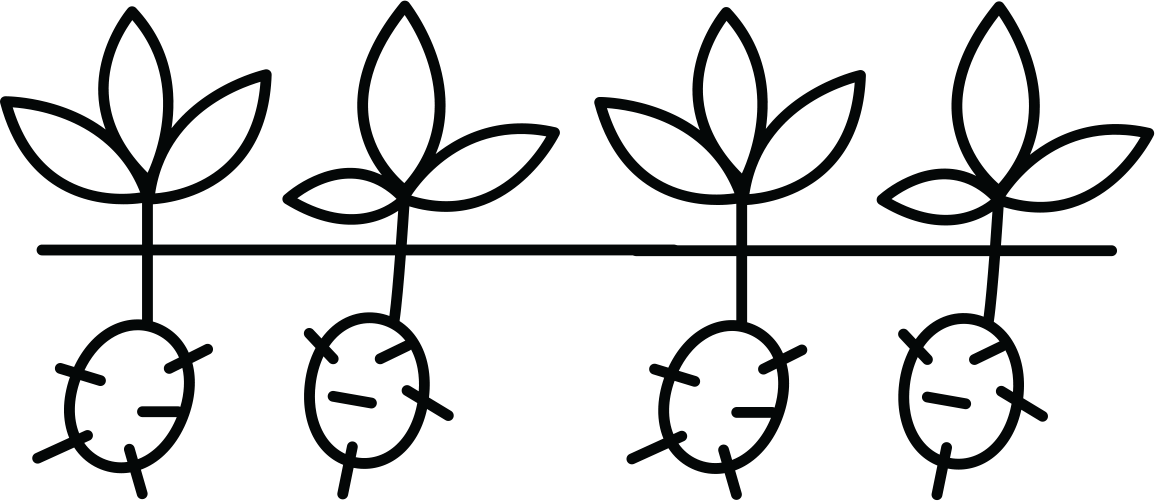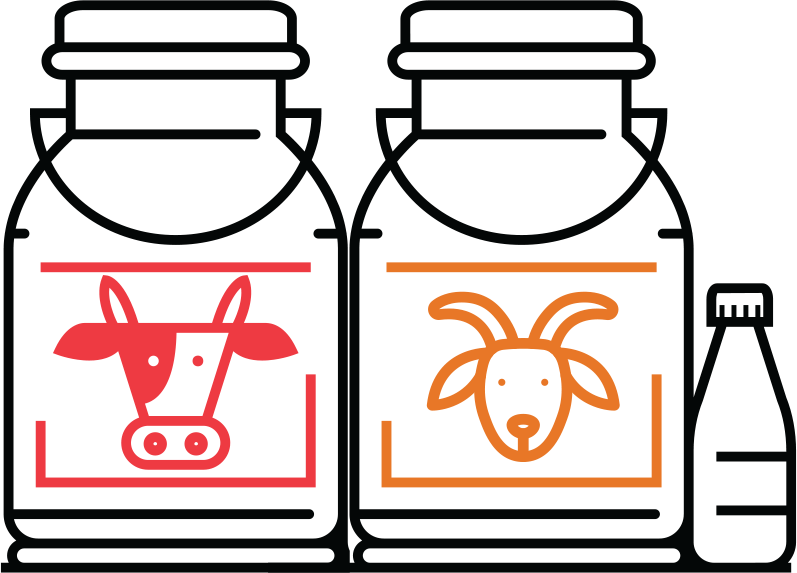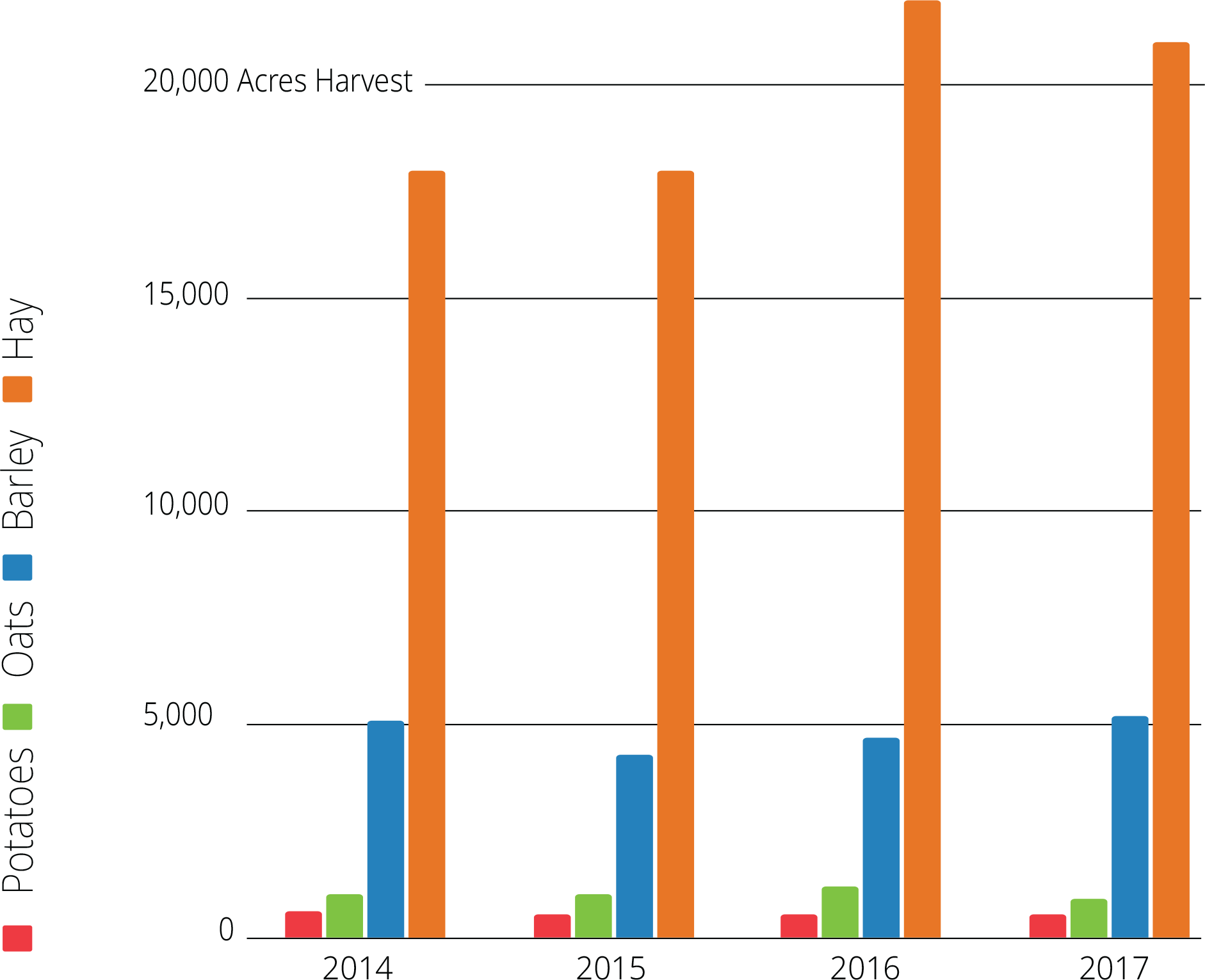Alaska Trends
n common parlance, “top of the food chain” is the best place to be. Better to eat than be eaten, right? The top is precarious, though, dependent on every level below. Weakest link, et cetera, et cetera.
Alaska is at the top. Yay! But also… uh-oh. If constant resupply shipments ended suddenly, grocery store shelves would be emptied within a week, according to the Alaska Food Policy Council. The stuff of nightmares, yet closer to reality in the furthest reaches of the state.
Gretchen Wehmhoff’s article “Rural Retail” visits some of the remotest communities to discover how their local stores operate. Whether it’s the Alaska Commercial Company outlet in Togiak, Nome, or Point Hope, the ME merchant in Marshall, or the Diomede Native Store, these are the final links in the chain. They are mission-critical services for their customers’ survival, purveyors of fuel and spare parts for vehicles used in subsistence hunting and gathering, to say nothing of household sundries and foods.
This discussion of food is making us hungry. Hungry and curious. The final report of the Alaska Food Security Task Force, formed last year by Governor Mike Dunleavy, documents the links in Alaska’s supply chain. The shortest links are for local foods, the smallest fraction of most Alaskans’ diets. Small like a seed, and therefore with the most potential for growth.
This edition of Alaska Trends digests the task force report and additional data from the National Agricultural Statistics Service statewide census (e.g., 375 turkeys as of 2017) and annual bulletin for 2022. Anyone with the munchies for numbers should be sated by this buffet. Bon appétit!
SOURCE: 2022 Alaska Annual Statistical Bulletin (June 2022) complied by the USDA, National Agricultural Statistics Service – Northwest Regional Office



To sell direct-to-consumer, producers must sell a whole or half animal. For smaller portions, packaged, and/or processed portions, the animal must be slaughtered in a USDA-certified slaughter facility. There are only 3 USDA-certified slaughterhouses in state – Palmer, North Pole, and Delta Junction. There are also USDA-certified mobile processing units in Kodiak (for cattle) and Nome (for reindeer).



Blue Mussels
Pacific Geoduck
Seaweed Sugar Kelp
Bull Kelp
Ribbon Kelp
Five-Ribbed Kelp
Bull Kelp
Red Ribbon-Dulse Kelp
Split Kelp
Sugar Kelp
Additional approved species:
Littleneck Clams
Scallops
Cockles
Sea Urchins
Sea Cucumbers
Three-Ribbed Kelp
Giant Kelp
Pyropia
Palmaria



Blue Mussels
Pacific Geoduck
Seaweed Sugar Kelp
Bull Kelp
Ribbon Kelp
Five-Ribbed Kelp
Bull Kelp
Red Ribbon-Dulse Kelp
Split Kelp
Sugar Kelp
Additional approved species:
Littleneck Clams
Scallops
Cockles
Sea Urchins
Sea Cucumbers
Three-Ribbed Kelp
Giant Kelp
Pyropia
Palmaria
